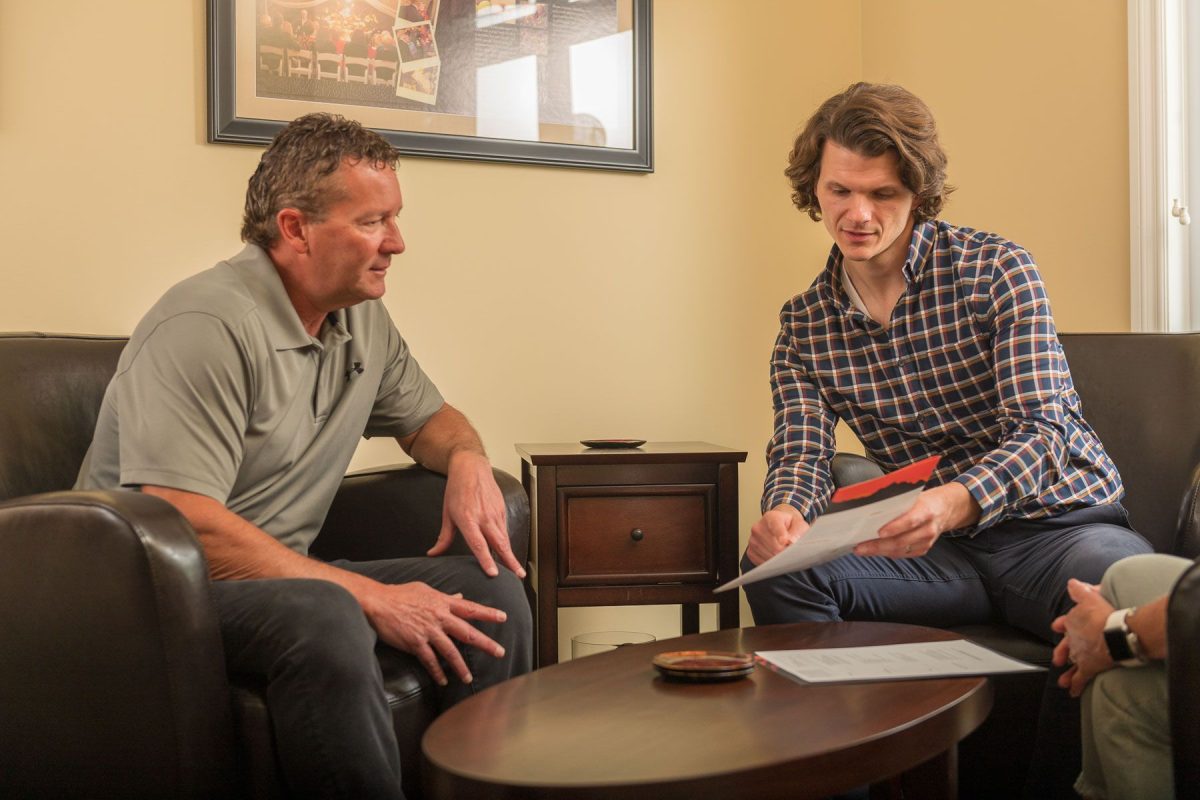
“Only buy something that you’d be perfectly happy to hold if the market shut down for 10 years”
– Warren Buffet
Happy St. Patrick’s day! Here’s hoping for some luck of the Irish. I wanted to bring you another special update from our Irish Investment Strategist, Steve Hanley.
In the prior two market update articles, we discussed the dominos that would need to fall to potentially create a recession. Here is a recap of how the market now stands:
Domino 1: Businesses shut down, leading to a temporary halt to economic activity
Current Reality
We have seen this domino fall to various degrees across the country. The length of time these businesses remain closed will largely dictate the depth of the crisis.
Domino 2: If the length of the shutdown is long, then cracks could appear in the financial system. Even well-capitalized banks may need additional liquidity and assistance from the government to keep money flowing.
Current Reality
We’ve seen this domino start to fall, with many companies tapping credit lines to move credit into their checking account. Much of this is a safety measure to simply have funds available if needed, rather than as a current business operation measure. However, for weaker companies that do not have ample reserves to weather a long shutdown, the ultimate length of the shuttering may force them into real problems. This possibility is exactly why we aim to own larger companies with strong balance sheets that can survive short-term cash flow interruptions and hopefully thrive on the rebound. It’s important to note that as I write this, we’ve already seen $700 Billion in quantitative easing (QE) from the Federal Reserve Bank, a large stimulus package that offers added unemployment benefits, and a second stimulus package that is likely to approach $800 billion in relief via payroll tax cuts, and other measures. This infusion of capital is very much needed in order to backstop the dominos from continuing to fall.
Domino 3: Temporary workforce layoffs become more permanent (greater than a few weeks) and result in increased unemployment.
Current Reality
We’re beginning to see temporary layoffs work through the system. We probably won’t know the full damage until we get through the virus fear and see companies begin to rehire.
These dominos have begun to fall and will create added stress in markets. We expect the economy will take a huge hit in the second quarter, contracting at an annual rate of around -10% (similar to the first quarter of 1958, during the Asian Flu), Growth will most likely resume in the second half of 2020 and then in 2021. This is based on an assumption that the virus and fear decline over the next two months similar to other countries that are now working out of the pandemic. Technically, a recession requires two quarters of negative GDP (gross domestic product) growth to meet the definition, but a -10% contraction in one quarter will have essentially the same effect.
Our Actions / Recommendations
- Follow your plan; it is designed for times like these. Investment income is solid since we own companies with solid balance sheets! Assuming we return to capitalism by May, we expect a nice rebound in the future.
- Keep one year or more of normal expenses in cash (we accomplish this within your investment accounts when we’re managing moderate portfolios). In the event you’re still working and find yourself temporarily laid off, cash is always a good idea to help you weather the storm. If you have excess savings over these emergency levels, now is probably a good time to start investing the cash into the market. We can help you invest it at once or strategically average it into the markets over time.
- Understand we may very well see the market decline 30% to 50% as investors react to daily news and panic. We’re near -30% decline now and it’s very difficult to time when a bounce-back and rebound may occur, especially when there’s government intervention.
- A Coronavirus Recession may sound like a reason to sell, but it’s not. The stock market typically rises 3-6 months before the economic recovery begins. We may not be at the bottom yet but sticking with a long-term plan remains your best odds for success.
- We own high-quality companies and investments and remain diversified so that we can endure through times like this. We may rotate a few bonds into equities if we see closer to -50% declines.
- Understand the FED is already backstopping banks with massive liquidity and starting quantitative easing (QE) programs. The full GDP (economic output) of the USA is around $20 trillion. The FED has committed almost a trillion thus far (5% of GDP) and we expect more to come. We also expect more stimulus from congress as this unfolds. A major stimulus package such as payroll tax cut or household tax credits could create a backstop at any point.
- Most importantly, a virus will usually run its course in three months’ time.
As is always the case, circumstances will change rapidly. Please let us know how we can help you navigate this very unique time.
All the best,
Stephen L. Hanley, CPM ™, CKA™
Chief Investment Strategist
Chartered Portfolio Manager™
Certified Kingdom Advisor™
Evergreen Wealth Management, LLC – A Registered Investment Advisory Firm
Recent Articles

Show Your Work: Why Transparency Matters in Retirement Planning

Unlocking the Mystery of Income Taxes

Social Security Strategy: Do You Have One?

Pension Decision: Just One Critical Piece of Information Is Needed to Decide


